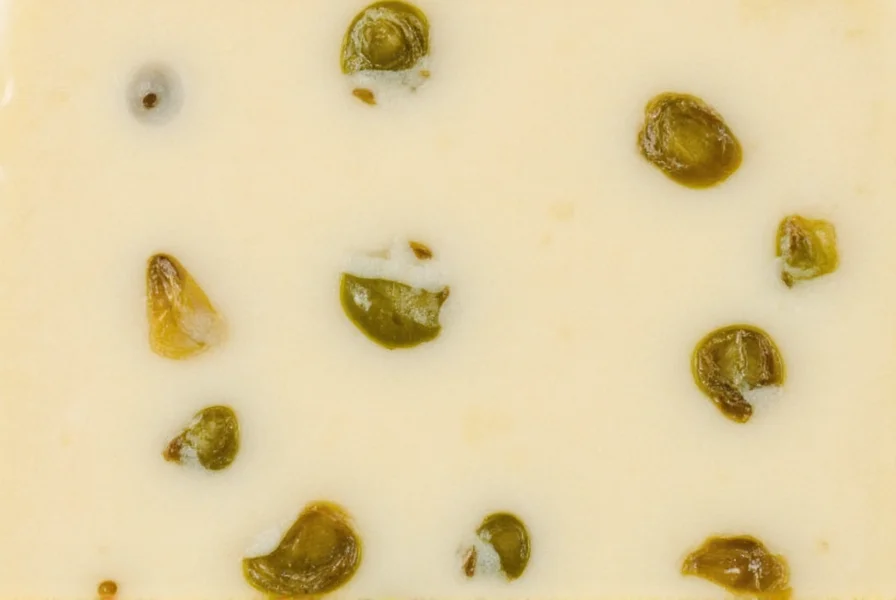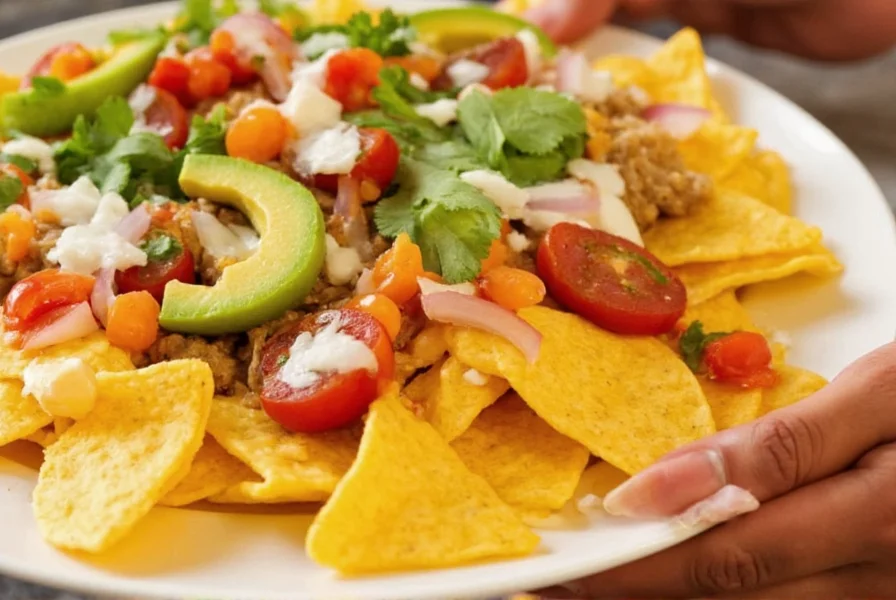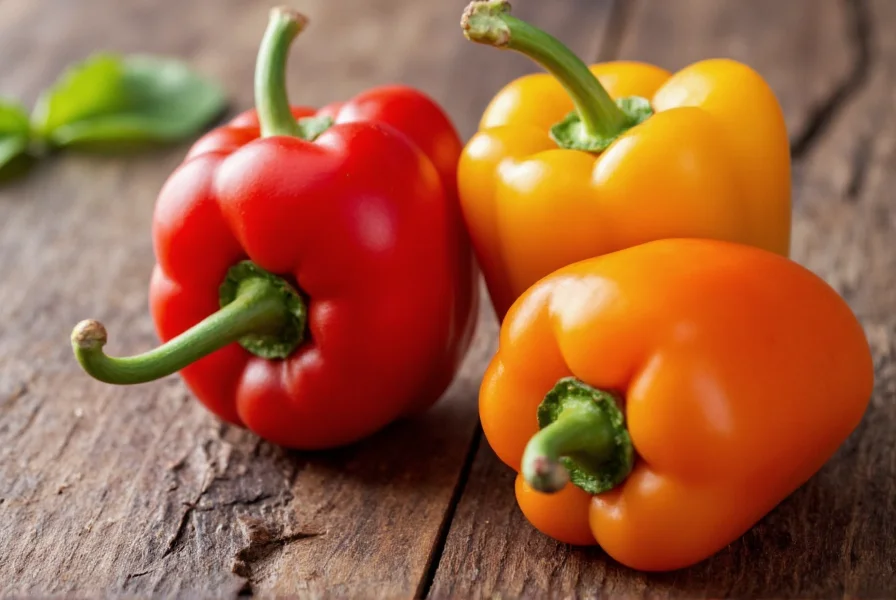When you encounter the term “pepper ch,” it most likely refers to pepper jack cheese, a popular spicy cheese variant that’s become a staple in American kitchens. Understanding what sets this cheese apart requires examining its composition, flavor profile, and culinary applications.
The Origins of Pepper Jack Cheese
Pepper jack cheese emerged in the late 20th century as a creative adaptation of traditional Monterey Jack. While Monterey Jack itself has roots in 19th century California (developed by Mexican Franciscan friars), the pepper-infused version was pioneered by American cheesemakers seeking to add excitement to the mild original. The addition of spicy peppers transformed this once-bland cheese into a dynamic ingredient with growing popularity.
How Pepper Jack Cheese Is Made
The production process begins with the standard Monterey Jack method: pasteurized cow’s milk is cultured, coagulated, and pressed into molds. What distinguishes pepper jack is the addition of diced peppers during the curd stage. Most commercial varieties use:
- Jalapeño peppers (most common)
- Serrano peppers (for extra heat)
- Habanero peppers (in specialty varieties)
- Occasionally bell peppers for milder versions
The peppers are typically added in a 5-15% ratio to the cheese curds before pressing. After aging for 1-3 months, the final product develops its characteristic spicy kick and marbled appearance.

Flavor Profile and Characteristics
Pepper jack offers a complex flavor experience that balances:
- Creaminess: Inherited from Monterey Jack’s smooth, buttery base
- Spiciness: Ranging from mild to hot depending on pepper variety and quantity
- Tanginess: Subtle acidic notes from the culturing process
- Visual appeal: Distinctive green and red flecks from the peppers
| Cheese Characteristic | Pepper Jack | Regular Monterey Jack |
|---|---|---|
| Flavor Intensity | Medium to hot | Mild |
| Texture | Semi-soft, slightly crumbly | Semi-soft, smooth |
| Aging Time | 1-3 months | 1-6 months |
| Pepper Content | 5-15% | None |
| Best Melting Applications | Tacos, quesadillas, grilled cheese | Classic grilled cheese, cheese boards |
Nutritional Information
A one-ounce (28g) serving of pepper jack cheese typically contains:
- Calories: 110-120
- Protein: 6-7g
- Calcium: 20% of daily value
- Saturated fat: 5-6g
- Sodium: 175-200mg
The nutritional profile remains similar to regular Monterey Jack, with the peppers adding negligible calories but contributing vitamins A and C.
Culinary Applications and Pairing Suggestions
Pepper jack’s versatility makes it suitable for numerous applications:
- Sandwiches and burgers: Adds a spicy dimension to grilled cheese or cheeseburgers
- Mexican cuisine: Perfect for quesadillas, nachos, and taco fillings
- Appetizers: Melts beautifully in stuffed jalapeños or cheese balls
- Cooking: Enhances omelets, pasta dishes, and casseroles
When pairing pepper jack with beverages, consider:
- Cold lager or pilsner (cuts through the spice)
- Medium-bodied red wines like Zinfandel
- Iced tea with lemon (refreshing contrast)

Common Misconceptions About Pepper Jack
Several myths persist about this popular cheese:
- Misconception: All pepper jack is extremely spicy
Reality: Heat levels vary significantly by brand and pepper type - Misconception: It’s just Monterey Jack with hot sauce
Reality: Authentic versions use real diced peppers incorporated during production - Misconception: It doesn’t melt well
Reality: It melts beautifully when used properly in cooking
Storage and Shelf Life
To maximize freshness:
- Wrap tightly in wax paper or cheese paper, then place in a loosely sealed plastic bag
- Store in the vegetable crisper drawer of your refrigerator
- Consume within 3-4 weeks of opening
- Freezing is not recommended as it alters texture
Frequently Asked Questions
What is pepper jack cheese made of?
Pepper jack cheese is made from Monterey Jack cheese blended with diced spicy peppers, typically jalapeños. The production process involves adding 5-15% peppers to the cheese curds before pressing and aging for 1-3 months.
How spicy is pepper jack cheese compared to other cheeses?
Pepper jack offers moderate heat that varies by brand. It's significantly spicier than plain Monterey Jack but milder than habanero-infused cheeses. The Scoville rating typically ranges from 500-2,500 units, depending on the pepper variety and concentration used.
Can I substitute pepper jack for regular jack cheese in recipes?
Yes, you can substitute pepper jack for regular jack cheese, but be aware it will add noticeable heat. For recipes where you want the creamy texture without spice, use regular jack. For dishes that benefit from added flavor dimension like quesadillas or grilled cheese, pepper jack works beautifully as a direct substitute.
Is pepper jack cheese vegetarian?
Most commercial pepper jack cheeses are vegetarian, as they typically use microbial rennet. However, some artisanal varieties may use animal rennet. Always check the label if vegetarian status is important to you, as cheese production methods can vary by manufacturer.











 浙公网安备
33010002000092号
浙公网安备
33010002000092号 浙B2-20120091-4
浙B2-20120091-4